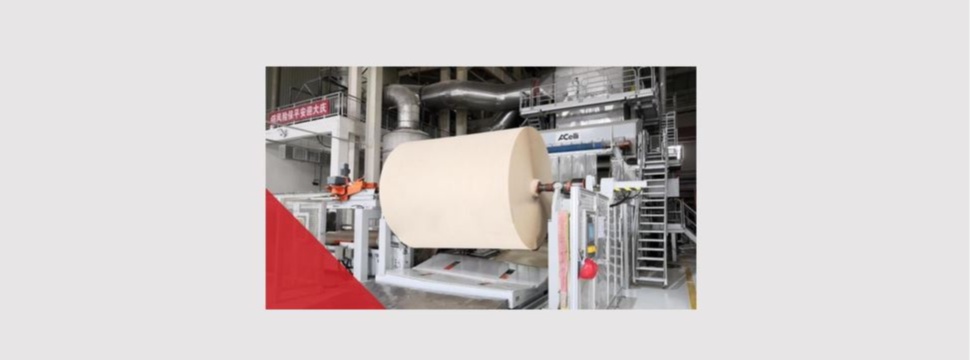A. Celli Paper: The use of bamboo to reduce the cost of raw materials in paper production: a Case Study
News General news
How to handle the risk factor linked to the unstable cost of traditional raw materials by using alternative fibers capable of guaranteeing the same results in terms of quality.

At the dawn of paper production and before the invention of the mechanical and chemical pulping processes in the 19th century, paper was produced using fibers from numerous materials, such as mulberry tree bark, rags, cotton, hemp and linen. Nowadays, with the exclusion of secondary fibers, the paper production process involves the use of a mix of two main types of fibers:
- Softwood, or long fiber
- Hardwood, or short fiber
Long fibers obtained from slow-growing conifers such as pine, are used to impart strength to paper, while the short fibers obtained from broad-leaved trees such as birches, acacias or eucalyptus are responsible for the bulk and softness.
As regards the current pulp market, it is dominated by few producers and the price of raw materials is very unstable. This is a significant risk factor for the profitability of paper mills which, combined with the growing attention towards the sustainability of production processes and resources used, leads producers to consider alternative raw materials.










